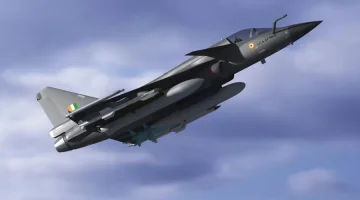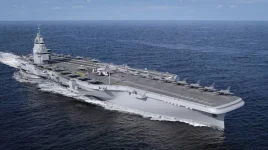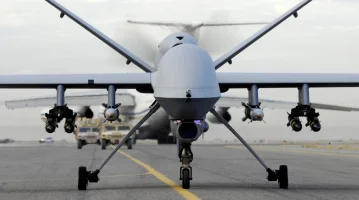- Views: 1K
- Replies: 6
The Aeronautical Development Agency (ADA) has formally launched the development of a full-scale cockpit mockup for the Twin Engine Deck Based Fighter (TEDBF), a next-generation aircraft designed for the Indian Navy.
This crucial phase, which aims to finalize the fighter's complex cockpit environment, is set to be completed on an accelerated five-month schedule.
The development of the TEDBF is a landmark project for India's indigenous military aviation and a critical component of national defence strategy. The advanced fighter is intended to operate from the Indian Navy's aircraft carriers, eventually replacing the existing fleet of Russian MiG-29K aircraft.
This mockup represents a vital step in the design process, allowing pilots and engineers to test and refine the ergonomics and layout of controls before manufacturing the actual aircraft.
The project has been structured into two distinct stages to ensure a systematic and efficient workflow. ADA will provide the selected manufacturing partner with detailed 3D digital blueprints.
The partner will then fabricate the physical mockup shell, which includes a mounting chassis and wheels for mobility and adjustment.
Stage 1: Finalizing Foundational Controls (3 Months)
The initial three-month stage will focus on establishing the primary layout and core controls of the cockpit.Key objectives include the precise placement of the pilot’s seat, the main instrument panel, and the cockpit floor, all of which will feature provisions for adjustment.
During this phase, 3D-printed, functional models of the main control stick, throttle controls, and rudder pedals will be installed to test their positioning and ease of use for the pilot. This stage lays the essential groundwork for the entire cockpit interface.
Stage 2: Refining Secondary Systems and Displays (2 Months)
Following the completion of the first stage, the next two months will be dedicated to integrating the aircraft's advanced instrumentation and secondary controls.This involves installing models of the sophisticated digital displays, including the main Large Area Display (LAD), a Head-Up Display (HUD), and smaller secondary screens.
Engineers will also finalize the layout of switches and controls on the side and center consoles, focusing on logical grouping to ensure the pilot can operate the aircraft efficiently and intuitively under demanding conditions.
The entire development process is operating on a strict timeline, beginning from the date the official purchase order is placed (T0). The first stage is scheduled for completion within three months (T1), with the fully integrated mockup ready two months after that (T2).
The selected vendor will be required to demonstrate that the finished mockup meets the precise fabrication tolerances and quality standards documented by ADA, ensuring it is a faithful representation for evaluation.



